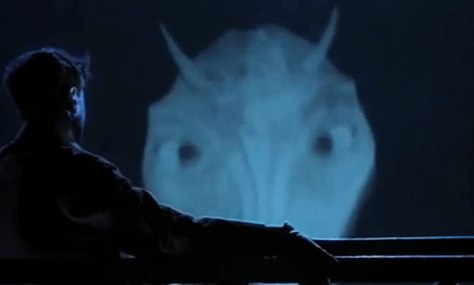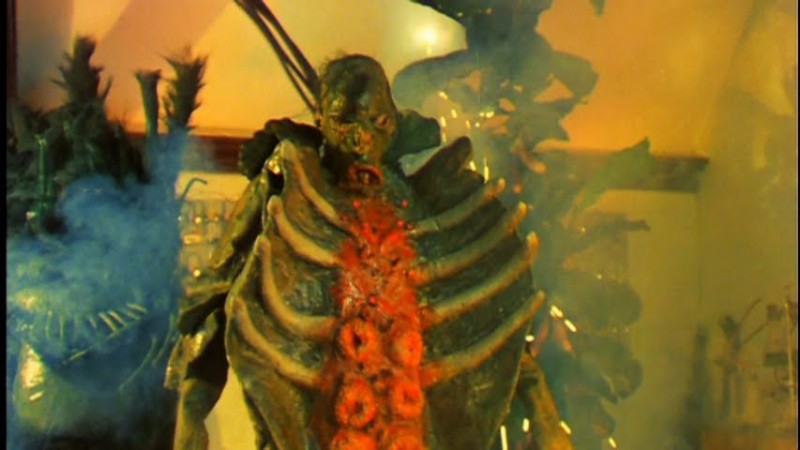
Some nine years after It Lives Again, Larry Cohen returned to his monster movie debut for one final bow—but this was Cohen returning after expanding his repertoire and innovating in the genre in the eighties, first with Q – The Winged Serpent and then The Stuff, both classics in their own right. The increasingly over-the-top and comedy-infused styles of those movie do in fact continue in It’s Alive III—sometimes in very direct ways, considering the actors involved—keeping it in line with Cohen’s eighties filmography; at the same time, it develops many of the themes and emotional beats that made the original It’s Alive and its supplementary first sequel into something genuinely special. Yes, these movies about murderous mutant babies carry all the marks of schlock genius, but as weird as it sounds, they also have a heart, and that makes something like Island of the Alive stand out just as much as…well, everything else in it.
Continue reading It’s Alive III: Island of the Alive (1987)



